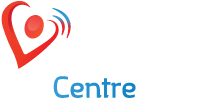Sleep Apnea Analysis
What is Sleep Apnea?

Sleep apnea is a common sleep disorder that affects about 1 in 5 people. People with sleep apnea stop breathing while they are asleep, sometimes hundreds of times a night.
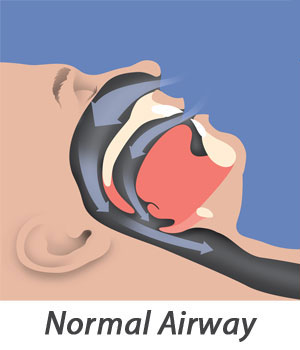
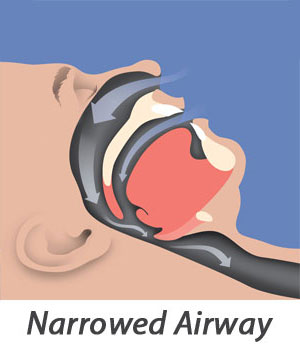

What are the effects of sleep apnea?
Sleep apnea can be life-threatening. If you have sleep apnea, you may be at higher risk for serious health problems, such as DIABETES, HIGH BLOOD PRESSURE, HEART DISEASE, STROKE and OBESITY.
Treating sleep apnea can improve these conditions and your overall quality of life. Sleep apnea treatment has been shown to reduce blood pressure, improve glucose control in people with diabetes, and make you feel better. If you have sleep apnea, you need to get treated!
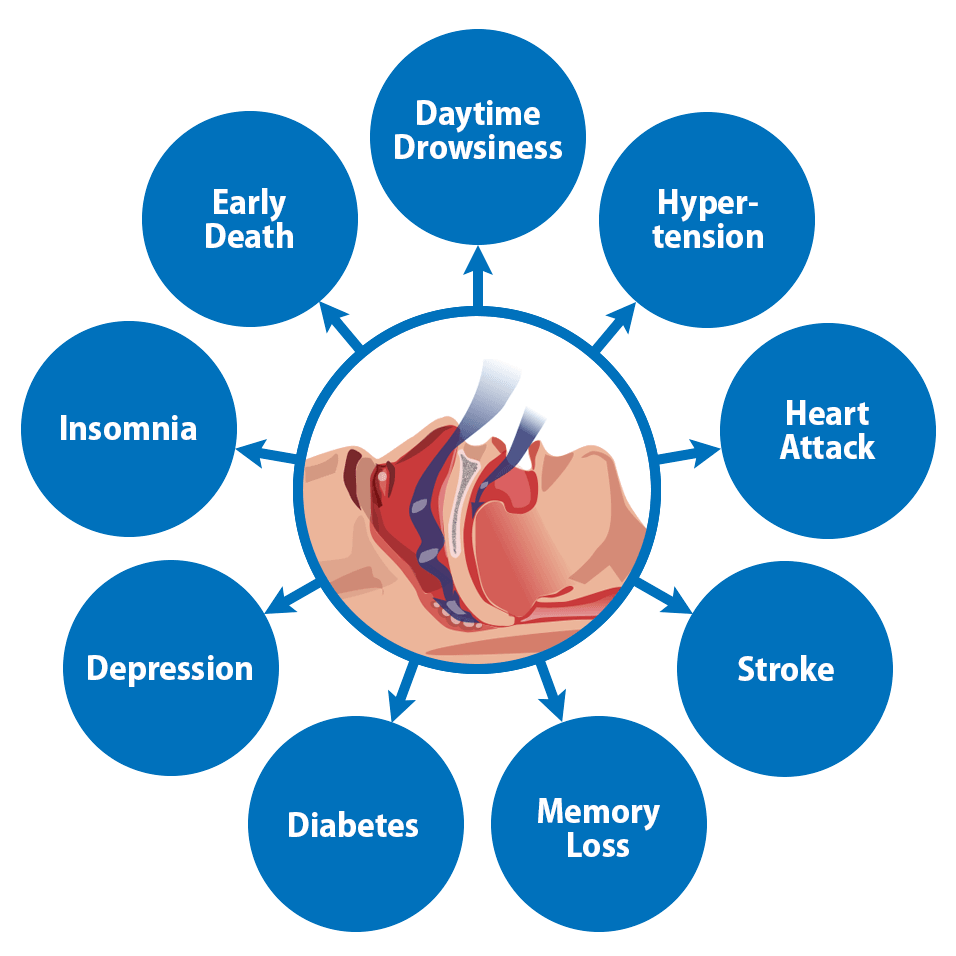
What happens before
Sleep Apnea test?
Be ready for your doctor to ask you some questions, and be as thorough as possible when answering. If someone has seen you stop breathing during sleep, bring that person with you to describe it, if possible.
- Do you snore?
- Do you wake up in the night gasping for air?
- Do you have high blood pressure?
- Does anyone tell you that you stop breathing during sleep?
- Are you tired after a full night’s sleep?
- Are you tired throughout the day?
- Are you depressed?
- Do you ever fall asleep while watching television or stopped in traffic at a stoplight?
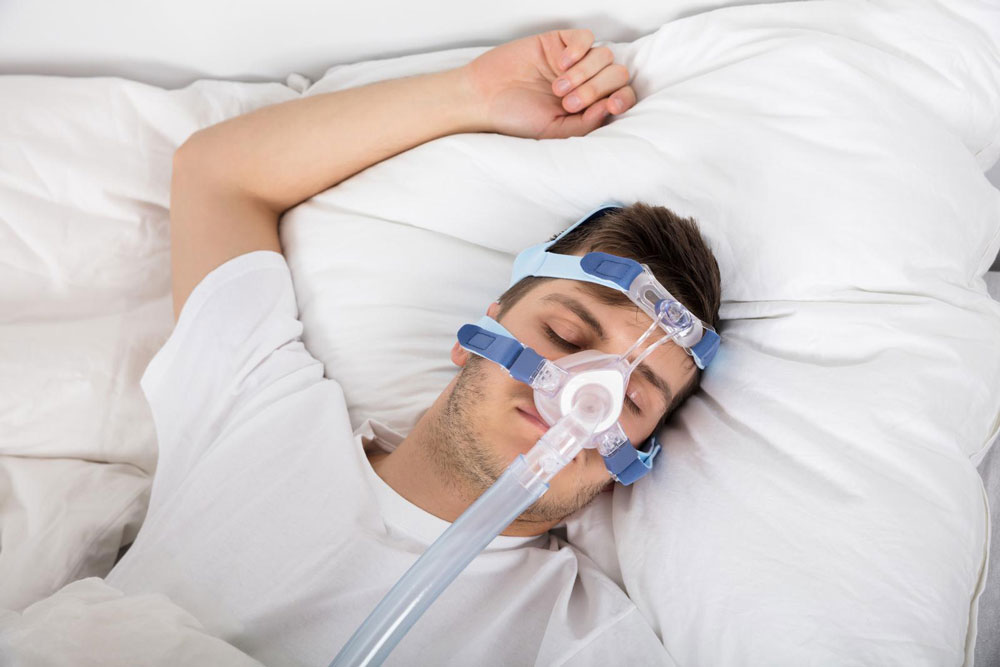
What is the treatment for sleep apnea?
The standard treatment for sleep apnea is continuous positive airway pressure (CPAP) therapy. CPAP therapy is safe, easy and does not involve drugs or surgery.
Once you start CPAP, you will probably notice a huge difference in your life right away. In addition to lowering the danger to your health, you’ll have relief from your symptoms and more energy to do the things you want to do.
Upcoming Services
Holter Analysis
In medicine, a Holter monitor is a portable device for continuously monitoring various electrical activity of the heart for at least 24 hours (often for 7 days at a time). The Holter's most common use is for monitoring heart activity (electrocardiography or ECG). Its extended recording period is sometimes useful for observing occasional cardiac arrhythmias (abnormal heart electrical activity), in symptomatic patients, which would be difficult to identify in a shorter period of time. For patients having more transient symptoms, a cardiac event monitor which can be worn for a month or more can be used.
Pediatric Echocardiography
Pediatric Echocardiography, commonly referred to as pediatric echo, is today the primary imaging tool in the diagnosis and assessment of heart diseases in infants and children. This specialised procedure, which uses high frequency ultrasound, is mainly used for the detection of congenital heart disease (heart defect present at birth). This technique is also used for the evaluation of murmurs and is an essential tool to evaluate the effectiveness of medical therapy and surgical treatments.
